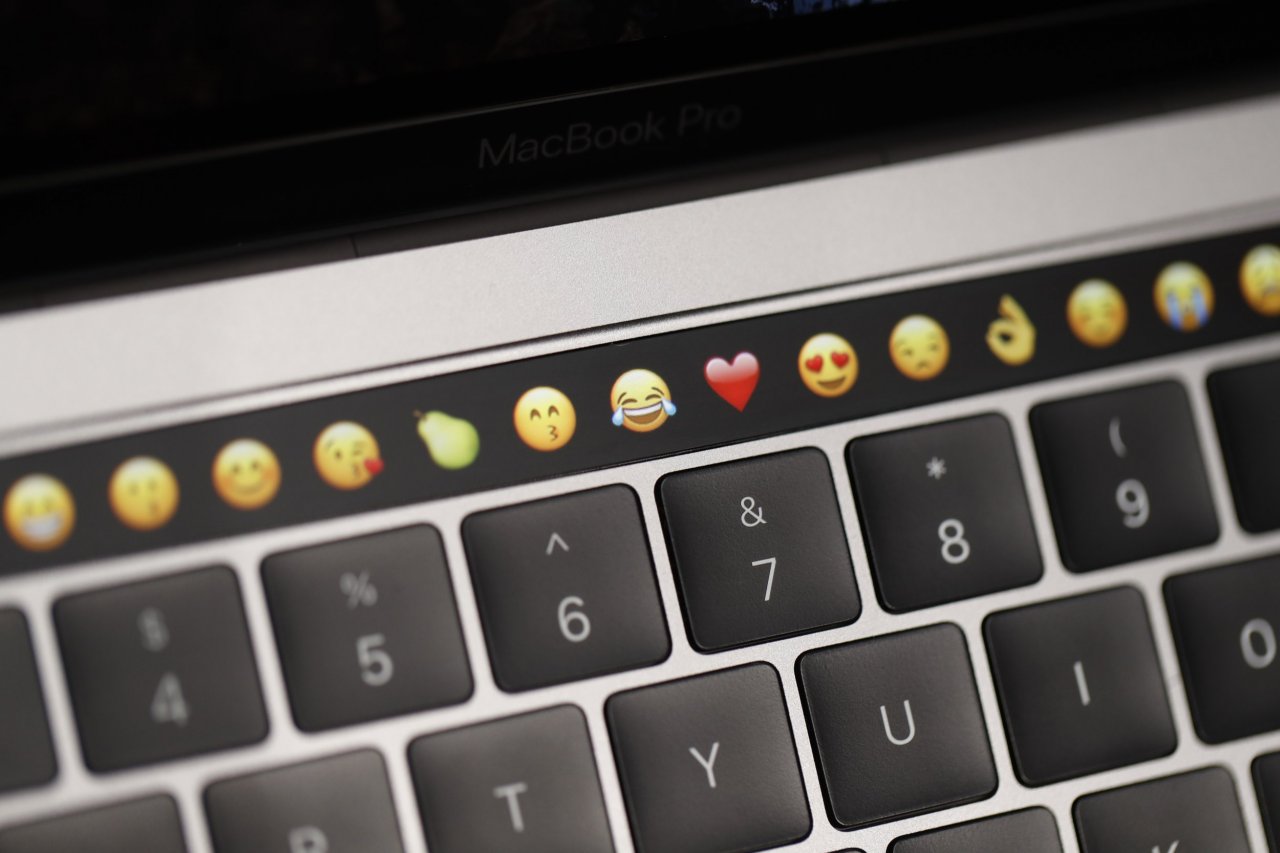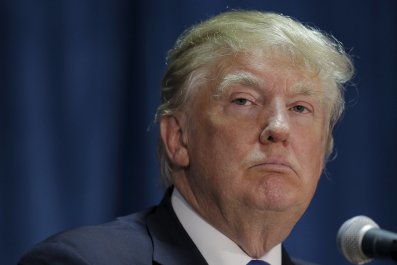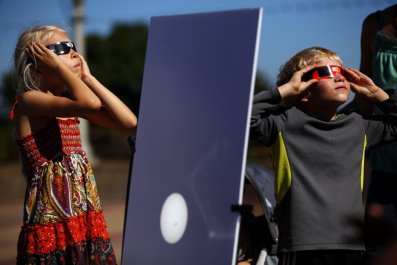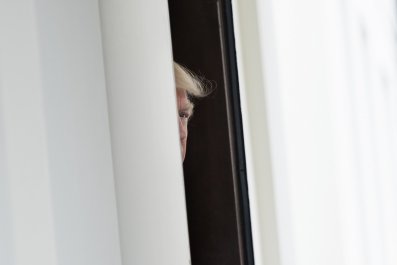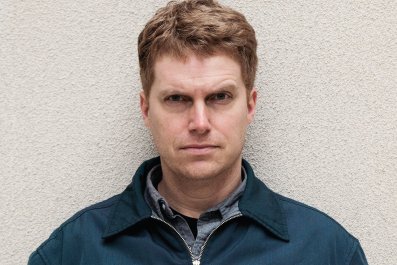Forget Donald Trump. Let's talk about something truly dim and oafish: emoji.
The world is in the middle of a disturbing emoji-gasm. You can go see The Emoji Movie and sit through a plot as nuanced and complex as an old episode of Mister Rogers' Neighborhood. (Don't miss esteemed Shakespearean actor Patrick Stewart getting to be the voice of Poop.) July also brought us World Emoji Day. To mark the occasion, Apple trumpeted its upcoming release of new emoji, a milestone for society that might only be topped by a new shape of marshmallow in Lucky Charms. Microsoft, always an innovator in artificial intelligence, announced a version of its SwiftKey phone keyboard that will predict which emoji you should use based on what you're typing. Just one more reason to be scared of AI.
Billions of emoji fly around the planet every day—those tiny cartoons of faces and things that supposedly let us express ourselves in ways words can't, unless you know a lot of words. Emoji are such a rage, they have to be governed by a global nonprofit called the Unicode Consortium—kind of like the G-20 for smiley faces. Full members include companies such as Apple, Google, Huawei, SAP and IBM. The group has officially sanctioned 2,666 emoji that can be used across any technology platform. Obviously, the people who sit on the Unicode board do important work. This is why the middle finger emoji you type on your iPhone can look the same on an SAP-generated corporate financial report.
Maybe I don't get emoji because I'm a guy. At least that's what Cosmopolitan suggests in a story headlined, "Why Your Boyfriend Hates Emoji: Don't blame him, he can't help it." The story explains: "Straight guys aren't conditioned to flash bashful smiles. They don't do cute winks. They don't make a cute kissy face." Then again, the article's male writer might not be the most enlightened about gender roles in the 21st century. Another Cosmo story by the same person is headlined, "13 Things Guys Secretly Want to Do With Your Boobs."
Still, serious academics seem to think emoji are serious. (Oh, and I consider the word emoji to be both singular and plural. The kind of people who say "emojis" are the kind of people who say "shrimps.") Researchers from the University of Michigan and Peking University analyzed 427 million emoji-laden messages from 212 countries to understand how emoji use differs across the globe. Those passionate French are the heaviest emoji users. Mexicans send the most negative emoji—yet another justification for keeping them behind a wall. Or you can read The Semiotics of Emoji, by Marcel Danesi, an anthropologist at the University of Toronto. "The emoji code harbors within it many implications for the future of writing, literacy, and even human consciousness," he writes. Whoa, dude! Someday, we might think in emoji! Hold on while I fire up my Pax and let my mind be blown.
Much of the emoji trend can be blamed on the Japanese, fervent purveyors of creepy-cute characters like Hello Kitty and Pikachu. In the 1990s, when Japan was the smartest player in electronics, NTT DoCoMo introduced the first sort-of-smartphone service called i-mode. Shigetaka Kurita, part of the i-mode team, recalled being disappointed by weather reports that just sent the word fine to his phone instead of showing a smiling, shining sun like he saw on TV. That gave him the idea of creating tiny symbols for i-mode. The first batch of 176 was inspired by facial expressions, street signs and symbols used in manga. The word emoji comes from a mashup of the Japanese words for picture and character.
The rest of the blame for this trend falls on Apple. After introducing the iPhone in 2007, Apple wanted to break into the Japanese market, where users had by then grown accustomed to emoji. So it had to include emoji on the iPhone. That led to people in other countries finding and using the emoji on their iPhones, spreading these things like lice. As emoji got more popular, users wanted more kinds for all kinds of devices. Companies such as Apple and Google keep creating new emoji and proposing them to the Unicode Consortium, which is how we've gotten so many odd emoji, like a roller coaster, cactus, pickax and the eggplant—which, if you don't know your emoji, you shouldn't send to your mother.
The question now is: What does emoji-mania mean? There are those, like Danesi, who believe we're inventing a new language based on pictograms—something like Chinese, except with no spoken version of the symbols. Generations from now, people will ride in driverless flying Ubers and communicate with one another in nothing but emoji. Novels will be written in emoji. (An engineer, Fred Benenson, already translated Moby-Dick into emoji. "Call me Ishmael" is a phone, a man's face, a sailboat, a whale and a hand doing an OK sign.)
That vision of the future, though, ignores an important trend. As Amazon's Alexa and similar services are showing, AI software is going to get really good at communicating with us by voice. We're going to stop relying so much on typing with our thumbs and looking at screens. We'll converse with the technology and one another. Then, the fact that you can't speak in emoji might actually be the end of the damn things. In another decade, we could look back at emoji as a peculiar artifact of an era, like "10-4, good buddy" chatter during the 1970s citizens band radio craze.
Then again, emoji might be another sign of the growing anti-intellectual, anti-science movement in America. Maybe emoji are, in fact, where language and thinking are heading—away from the precision of words and toward the primitive grunts of cartoon images. The nation has already elected a president who writes only in tweets. If he wins another term, he might go another level lower, thrilling supporters by communicating his foreign policy position in nothing but a Russian flag, hearts and an eggplant.



